The latest statement of monetary policy from the Bank of England kept the base rate at 0.5% and to maintained the asset purchases at £375 billion. They said inflation was o.5%, well below the 2% target and growth has slowed in Q1 and is expected to slow further. They say the most significant risks to the MPC’s forecast concern the referendum. A vote to leave the EU could materially alter the outlook for output and inflation, and therefore the appropriate setting of monetary policy.
The Bank of England’s Monetary Policy Committee (MPC) sets monetary policy to meet the 2% inflation target and in a way that helps to sustain growth and employment. At its meeting ending on 11 May 2016 the MPC voted unanimously to maintain Bank Rate at 0.5%. The Committee also voted unanimously to maintain the stock of purchased assets financed by the issuance of central bank reserves at
Twelve-month CPI inflation increased to 0.5% in March but remains well below the 2% inflation target. This shortfall is due predominantly to unusually large drags from energy and food prices, which are expected to fade over the next year. Core inflation also remains subdued, largely as a result of weak global price pressures, the past appreciation of sterling and restrained domestic cost growth.
Globally, sentiment in financial markets has improved. There has been a broad-based recovery in risky asset prices, a resumption of capital flows to emerging market economies, and a sharp rise in the price of oil. Near-term prospects for China and other emerging market economies have improved a little, although medium-term downside risks remain. In the advanced economies, growth has picked up in the euro area in Q1 but slowed in the United States. A modest pace of growth in the United Kingdom’s main trading partners is likely over the forecast period, broadly similar to that in the February Inflation Report projections.
In the United Kingdom, activity growth slowed in Q1 and a further deceleration is expected in Q2. There are increasing signs that uncertainty associated with the EU referendum has begun to weigh on activity. This is making the relationship between macroeconomic and financial indicators and underlying economic momentum harder to interpret at present. In the Committee’s latest projections, activity growth recovers later in the year, but to rates that are a little below their historical average. Growth over the forecast horizon is expected to be slightly weaker than in the February projection. The May projection is conditioned on a path for Bank Rate implied by market rates and on continued UK membership of the European Union, including an assumption for the exchange rate consistent with that.
As the dampening influence of past falls in energy and food prices unwinds over the next year, inflation should rise mechanically. Under the same forecast conditioning assumptions described above, spare capacity is projected to be eliminated by early next year, increasing domestic cost pressures and supporting a return of inflation to the 2% target by mid-2018. Thereafter, as in the February Inflation Report, inflation is forecast to rise slightly above the target, conditioned on the path for Bank Rate implied by market rates.
Given the outlook described in the May Inflation Report projections, returning inflation to the 2% target requires achieving a balance between the drag on inflation from external factors and the support from gradual increases in domestic cost growth. Fully offsetting the drag from external factors over the short run would, in the MPC’s judgement, involve too rapid an acceleration in domestic costs, one that would risk being excessive and lead to undesirable volatility in output and employment. Given these considerations, the MPC intends to set monetary policy to ensure that growth is sufficient to return inflation to the target in around two years and keep it there in the absence of further shocks.
Consistent with the projections and conditioning assumptions set out in the May Inflation Report, the MPC judges that it is more likely than not that Bank Rate will need to be higher by the end of the forecast period than at present to ensure inflation returns to the target in a sustainable manner. All members agree that, given the likely persistence of the headwinds weighing on the economy, when Bank Rate does begin to rise, it is expected to do so more gradually and to a lower level than in recent cycles. This guidance is an expectation, not a promise. The actual path Bank Rate will follow over the next few years will depend on economic circumstances. With macroeconomic and financial indicators likely to be less informative than usual in light of the referendum, the Committee is currently reacting more cautiously to data releases than would normally be the case.
The most significant risks to the MPC’s forecast concern the referendum. A vote to leave the EU could materially alter the outlook for output and inflation, and therefore the appropriate setting of monetary policy. Households could defer consumption and firms delay investment, lowering labour demand and causing unemployment to rise. At the same time, supply growth is likely to be lower over the forecast period, reflecting slower capital accumulation and the need to reallocate resources. Sterling is also likely to depreciate further, perhaps sharply. This combination of influences on demand, supply and the exchange rate could lead to a materially lower path for growth and a notably higher path for inflation than in the central projections set out in the May Inflation Report. In such circumstances, the MPC would face a trade-off between stabilising inflation on the one hand and output and employment on the other. The implications for the direction of monetary policy will depend on the relative magnitudes of the demand, supply and exchange rate effects. Whatever the outcome of the referendum and its consequences, the MPC will take whatever action is needed to ensure that inflation expectations remain well anchored and inflation returns to the target over the appropriate horizon.
Against that backdrop, at its meeting on 11 May, the MPC voted unanimously to maintain Bank Rate at 0.5% and to maintain the stock of purchased assets, financed by the issuance of central bank reserves, at £375 billion.

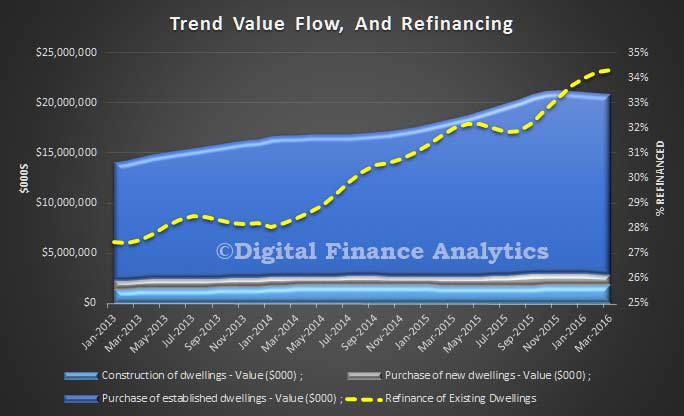
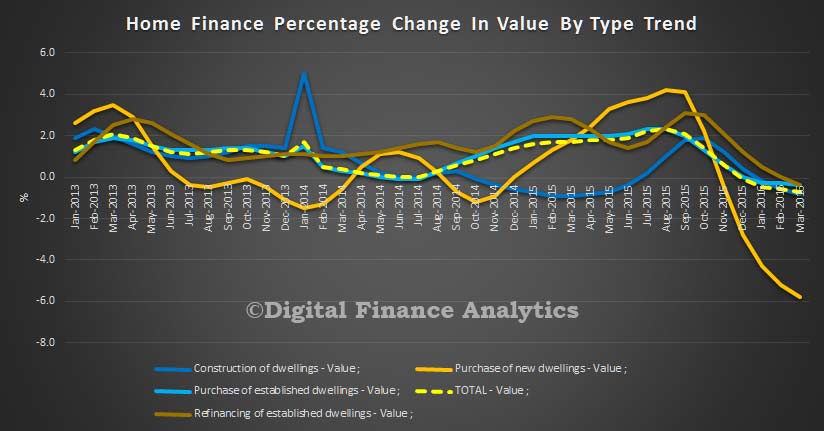
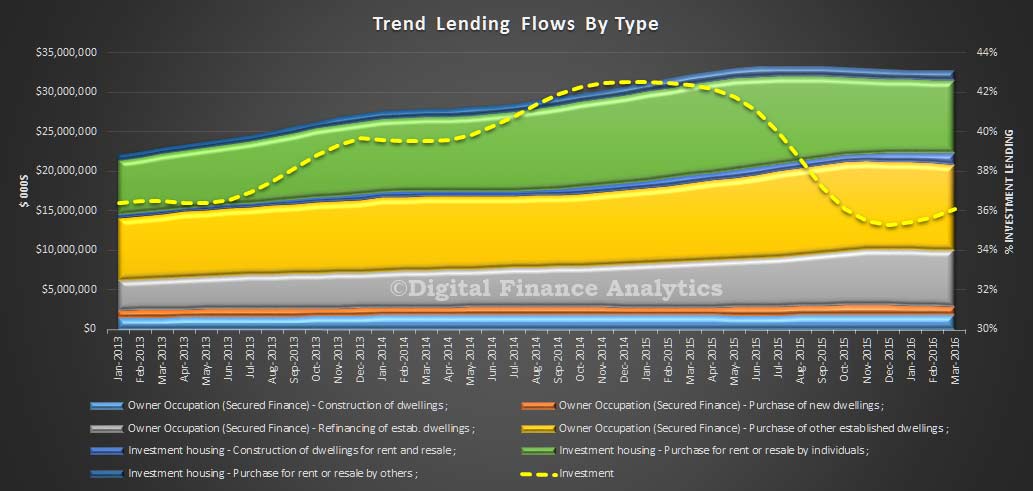
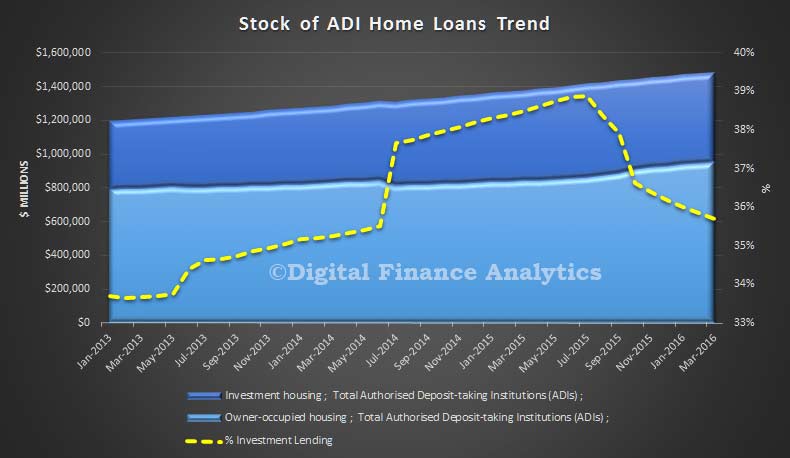
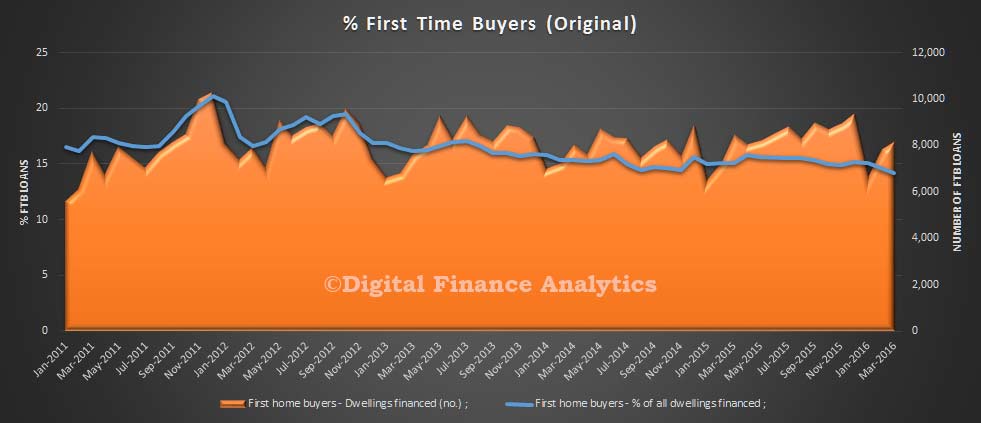
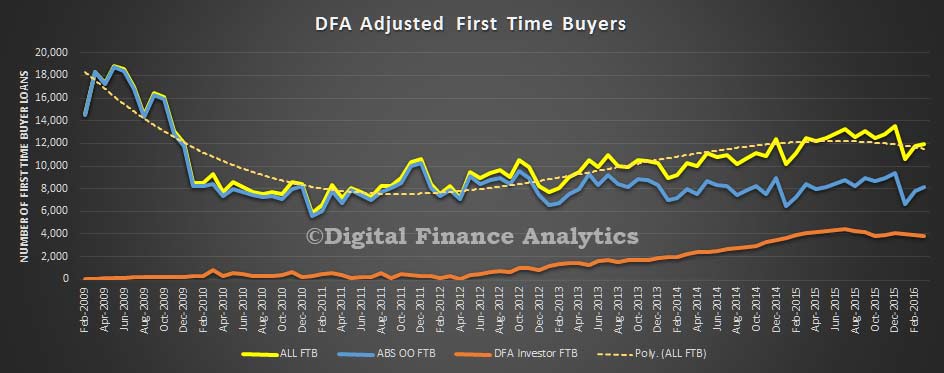
 The questions were mainly predictable, asking what ASIC should prioritise in its review; whether other factors should be examined; about existing structures (ie of commission) and trends which could change those structures. Respondents were also given the chance to add extra comments, and ASIC listed the data it planned to request, including ownership structures, product descriptions and customer satisfaction results.
The questions were mainly predictable, asking what ASIC should prioritise in its review; whether other factors should be examined; about existing structures (ie of commission) and trends which could change those structures. Respondents were also given the chance to add extra comments, and ASIC listed the data it planned to request, including ownership structures, product descriptions and customer satisfaction results.